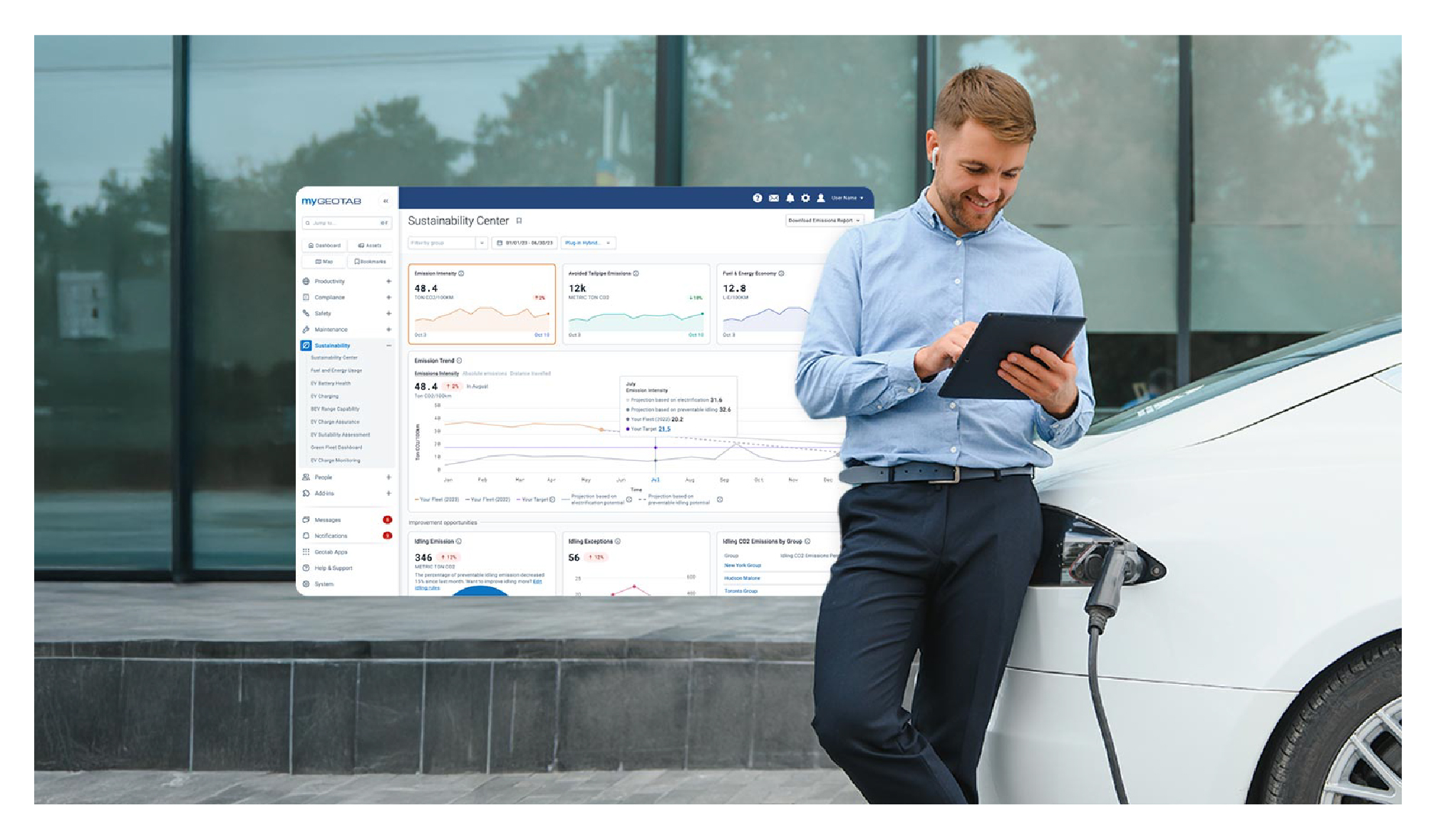Advanced exception reporting technology
Reporting by exception is a simple and effective way to manage a fleet’s weak areas. Read advanced exception reporting tips for MyGeotab.

Importance of rule creation
Reporting by exception is a simple and effective way to manage a fleet’s weak areas. In using Geotab’s Rules engine, management can easily choose and set specific fleet standards and rules. Driver training programs that make use of the in-vehicle buzzer, which triggers on when a rule is broken, is one of the most effective ways to manage and improve on-road driver behavior.
See also: 4 must-have reports for heavy equipment maintenance managers

Some of the more common exception rules include:
- Speeding over posted road speed
- Idling over your threshold
- Seatbelt
- Aggressive driving
These rules, when broken, can be communicated in a few different ways which allows for immediate if necessary:
- Email in real-time
- Urgent on-screen pop-up in real-time
- The beeper can be set to beep at the driver when the rule is broken. This is a real time management tool that corrects driver behavior.
- Lastly, and possibly the most used, is that when the rules are broken they populate automatically into the Exceptions Report and the Risk Management Report. The broken rules can also populate on the map for quick view.

Differences between exception and risk management reports
One of the biggest differences between the Exceptions report and the Risk Management report is that the Exceptions report shows the location of where each rule was broken. This data is oftentimes the most important for organizations, since it encompasses all of the weak spots and can easily be communicated to management when broken. It optimizes the saying ‘no news is good news’ - meaning that management only needs to be notified if a rule has actually been broken.

The Risk Management report, on the other hand, shows how many rules were broken and also the total miles driven for the time frame chosen. This metric is also very important - when you take a view across the entire organization, you can see how many rules were broken over a standard amount of miles. For instance, how many rules were broken per 100 miles driven? This places all drivers on a more even playing field, and allows organizations to enforce fair practices. To provide a more specific example, consider this: A driver that breaks 10 rules and drives 500 miles is very different than the driver that breaks 10 rules and drives 50 miles.
To learn more, schedule an online demo: https://www.geotab.com/request-demo/
Subscribe to get industry tips and insights
The Geotab Team write about company news.
Table of Contents
Subscribe to get industry tips and insights
Related posts

How to avoid high downtime costs for construction fleets
March 10, 2025
2 minute read

Geotab’s new fleet Sustainability Center simplifies fuel and emissions reduction
March 3, 2025
3 minute read

What Is Fleet Management? A Complete Guide for Fleet Managers
January 21, 2025
5 minute read

CSA scores: What they are and how to check and improve them
December 3, 2024
5 minute read

35+ drowsy driving statistics and prevention facts for 2024
November 15, 2024
5 minute read
